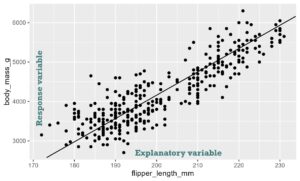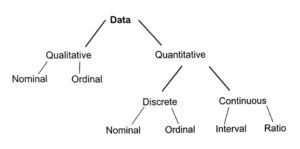Explanatory and Response Variables: Definitions and Examples
Explanatory and Response Variables: Definitions and Examples In data analysis and statistics, explanatory and response variables are used to describe the relationship between two (or more) variables. 1. Explanatory Variable (Independent Variable) An explanatory variable is the variable that is manipulated or categorized to determine its impact on another variable. It is often referred to […]
Explanatory and Response Variables: Definitions and Examples Read More »


